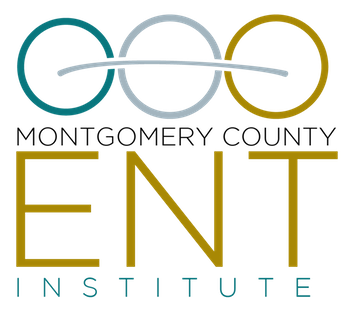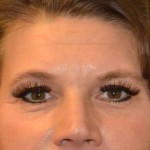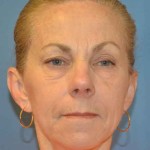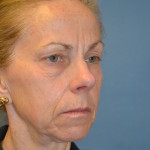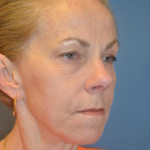What is Botox®?
Botox® is a naturally occurring protein that helps reduce wrinkles by temporarily weakening the muscles that cause wrinkling.
Where can it be used?
Dr. Ondik may use Botox to treat wrinkles in many facial areas, including:
- Forehead
- Glabella (area between eyes)
- Upper and lower lip
- Crow’s feet
- Bunny lines
Before and after – Botox used to soften deep forehead lines
How long does it last?
Results from Botox® are visible within two to four days and can last from four to six months.
What are facial fillers?
Facial fillers (also known as dermal fillers or “injectables”) are products used to improve facial wrinkles (rhytids) and restore lost volume.
Before and after – fillers used to soften facial folds and reduce the appearance of sagging in the lower face
What types of facial fillers are there?
Over the years several different types of facial fillers have been used by physicians to help alleviate wrinkles and folds. Today, many practitioners use hyaluronic acid (HA) fillers, which include many of the well-known fillers on the market such as: Perlane, Restylane, Juvederm Ultra and Juvederm Ultra Plus.
The main difference between these products is in the thickness of the gel-like solution. Restylane and Juvederm Ultra are generally used for less severe wrinkles and folds, while Perlane and Juvederm Ultra Plus are used for more severe wrinkles and folds.
Recently, a new filler known as Voluma has been made available. Voluma is also an HA type filler, but it has the ability to treat areas of greater volume loss (such as the cheeks and hollowing of the temples).
Radiesse is another class of filler that is made of calcium-based microspheres suspended in a gel. Radiesse does an excellent job of treating heavier folds and providing volume restoration in areas such as the cheeks and temples. Radiesse lasts longer than the HA fillers (typically up and over a year) and can also stimulate the body to produce natural collagen that provides further longevity to the treatment. Dr. Ondik may use any combination of the above fillers to treat patients.
What areas of the face can be treated with filler?
Your physician will work with you to determine what areas can be improved and which filler will produce the best results. Treatments include:
- Softening of the nasolabial folds (the folds between the nose and the corner of the mouth)
- Softening of the marionette lines (the folds between the corner of the mouth and the chin)
- Increasing definition and fullness of the upper and lower lip
- Filling fine lines around the lips
- Increasing the volume and projection of sunken cheeks and temples
- Smoothing the jaw line
- Enhancing the brow
- Improving under eyelid “bags”
Who performs the injections?
Dr. Ondik (Board Certified Facial Plastic Surgeon) will perform the filler treatment. Non-physician injectors are not used at our practice.
How is the procedure performed?
In the majority of cases a topical anesthetic cream will be applied to the face 20 to 30 minutes prior to the procedure. This is sufficient for the majority of patients, however, some may wish to have the area completely numbed using injectable local anesthesia.
What can I expect afterwards?
The results of the filler treatment are immediately apparent. Generally, patients can expect a day or two of mild swelling. In some cases, patients may have some bruising that can be easily covered with makeup.
